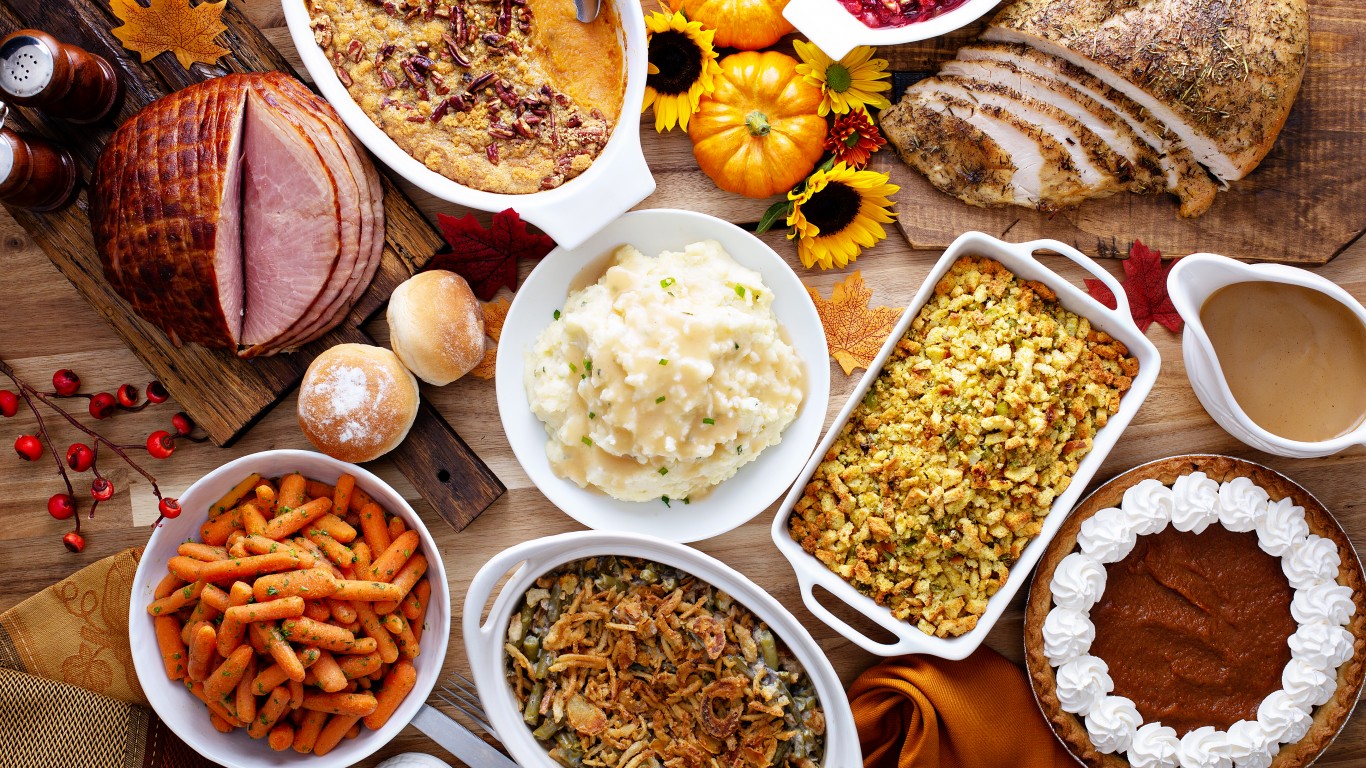
It seems like it was only yesterday that we were shaking beach sand out of our shoes and grilling burgers in the backyard. Now, all of a sudden, there’s a chill in the air and it’s almost Thanksgiving — the quintessential autumn holiday.
Things move quickly this time of year. The number of festivities in store between Oct. 31 and Jan. 1 somehow seems to speed up the clock, and suddenly we realize that turkey day is less than two weeks away.
Thanksgiving is the most important American food holiday of the year and the logistics can be daunting, especially if you’re having a large group over (and especially in pandemic times), so if you haven’t already made a checklist and started getting ready for the holiday, now would be a good time to start.
Among the essential steps in the process are making a guest list, planning a menu, and drawing up a budget. This is important: The price tag of a full-scale Thanksgiving feast has hovered between $40 and $50 per person (adjusted for inflation) for decades, and that’s not counting drinks, decorations, or your valuable time. (Take a look at the cost of a Thanksgiving meal the year you were born.)
Concerns about the coronavirus and the associated disagreements over vaccines, masking, and testing are yet another thing for hosts to worry about. Difficult decisions might have to be made, and the sooner you assess the situation and decide how best to deal with it the better.
Click here for 20 ways you should get ready for Thanksgiving right now
You don’t need to tackle everything at once, of course. But if you begin working your way through these chores in the next few days, you’ll be happy that you got a head start when you realize that Thanksgiving is only a day or two away. (And don’t forget these 15 rules for thawing and roasting your turkey.)

1. Create a timeline
Sit down calmly, before the last-minute preparations begin and panic threatens to set in, and write down everything you have to do to ensure that your Thanksgiving dinner is a success. Start with the recommendations in this story, and then, as the big day nears, fill in the last-minute activities — like making and refrigerating casseroles, cleaning and trimming vegetables, thawing the turkey if necessary, brining the turkey (if your recipe calls for it), etc.
[in-text-ad]

2. Make a guest list
Everything — from menu, size of turkey, number of plates and glasses needed, seating chart, etc — stems from how many people you’ll be serving. It’s always nice to be a little flexible in case you want to add a last-minute guest or two (or in case somebody drops out), but you should get the basic roster finished as soon as possible.
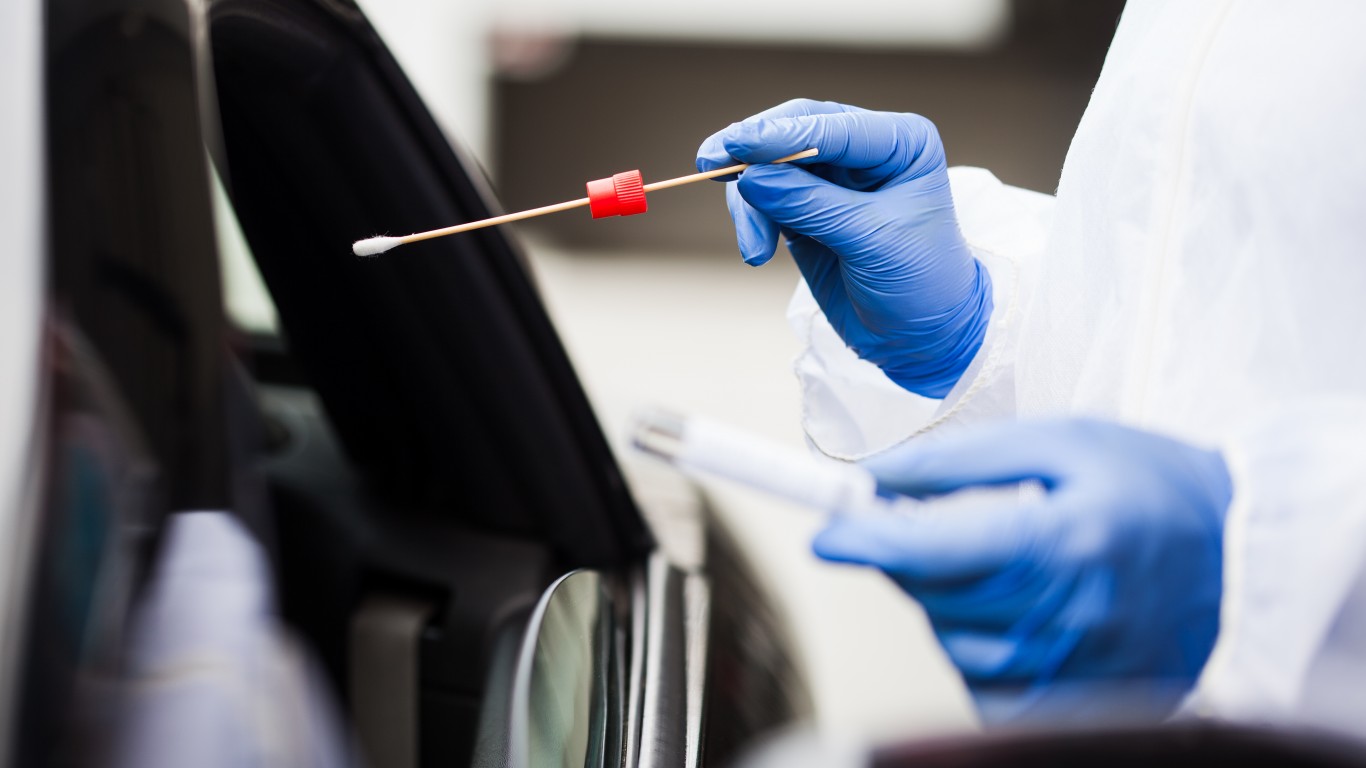
3. Make the difficult decisions
What will you do to ensure that COVID-19 isn’t an uninvited guest at your table? If circumstances permit, the best plan is to exclude any unvaccinated friends or family members from the festivities — but this will be difficult if not impossible in many cases, especially when children are among the guests.
Whether or not everyone present has had their shots, gathering in a well-ventilated room (with windows open if possible) or even outside (if you live in a place where the climate permits it) is ideal. You might also consider buying a HEPA air purification system for the occasion.
Keeping the gathering as small as is practical is a good idea, too. One Harvard epidemiologist plans to administer rapid antigen tests to every guest before he or she enters and ban anyone who tests positive, but that’s hardly practical for most of us. Ultimately, each host needs to decide what the ground rules should be, based on his or her personal situation and tolerance for risk.

4. Confirm food allergies or aversions
In the time before COVID-19, this was usually the major health issue Thanksgiving hosts had to deal with — and it’s still a matter of legitimate concern. True allergies are serious business — you don’t want the EMTs arriving suddenly as unexpected guests.
The gluten intolerant can usually do just fine at Thanksgiving by simply avoiding the stuffing (and parts of the turkey it may have touched), the rolls, and the pies. It’s also a good idea to avoid putting known allergens like peanuts in anything.
Vegetarians and vegans can usually find plenty of acceptable side dishes to fill them up (you can always make a separate bowl of mashed potatoes and serve it with a cruet of good olive oil instead of butter or gravy) — or consider adding a tofu-based turkey substitute to the menu for them.
[in-text-ad-2]
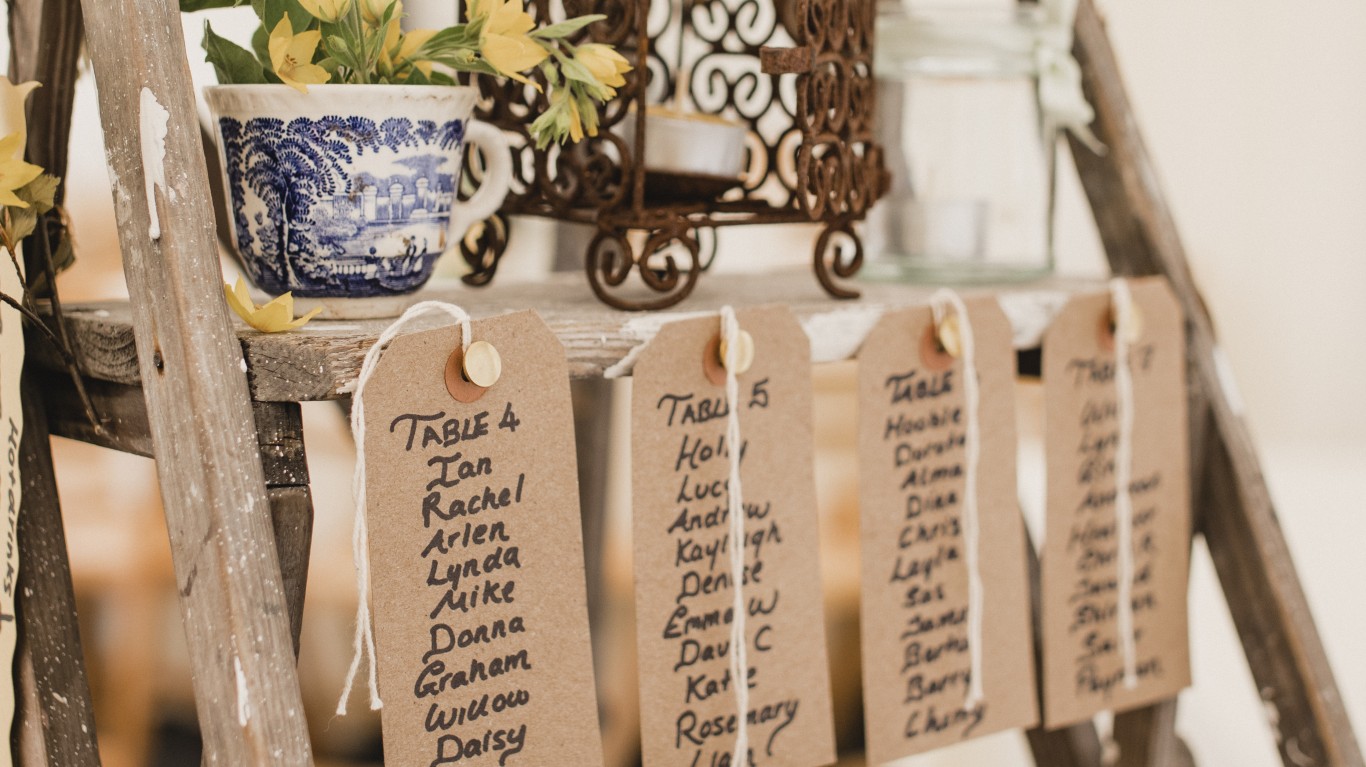
5. Make a seating chart
If you have a large group of family and/or friends, especially if many of them see each other only once a year, this can be tricky, but it’s important. Don’t let people sit just anywhere, unless it’s a smallish group and you know that everybody gets along.
Long, large dinners, especially when alcohol is involved, can get contentious, and it’s best to keep potential antagonists apart. Put your Bernie Sanders-supporting grandmother and your brother-in-law with the MAGA hat — or your emergency room nurse friend and your anti-vaxxer cousin — at opposite ends of the table, for instance (but on the same side, so they can’t easily see each other).

6. Plan the menu
Once you know how many people are coming to dinner and their dietary restrictions, it’s time to decide what you’re going to serve. That usually means turkey, but there are alternatives, including goose, duck, capon, and even a whole fish or vegan Tofurkey.
There are some side dishes that almost everybody seems to expect, like mashed potatoes, cranberry sauce, and stuffing, but beyond that, the host has considerable leeway. The possibilities are endless. Choose what you like and offer a good variety of sides, but don’t overdo it.
[in-text-ad]
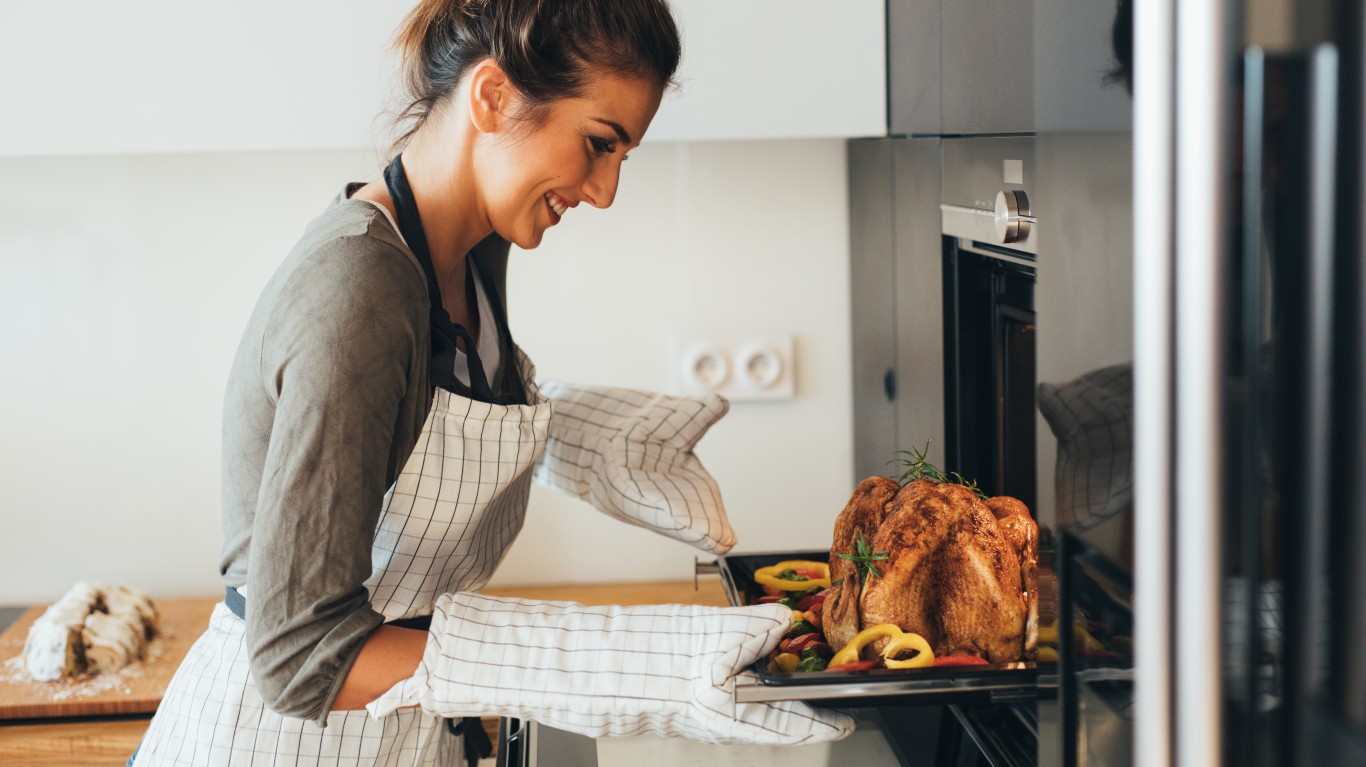
7. Calculate how large a bird you’ll need
There’s plenty of guidance for this task online, but as a general rule, once you know more or less how many guests you’ll have, figure about 1½ pounds per person if you want leftovers (and who doesn’t want Thanksgiving leftovers?). If you’re serving eight, for instance, a 12-pound turkey would be perfect. If you don’t care about leftovers, about a pound per person should be sufficient (remember that a lot of the weight is bone), though for birds weighing more than 16 pounds, a little less would be okay, as larger turkeys tend to have a higher meat-to-bone ratio.
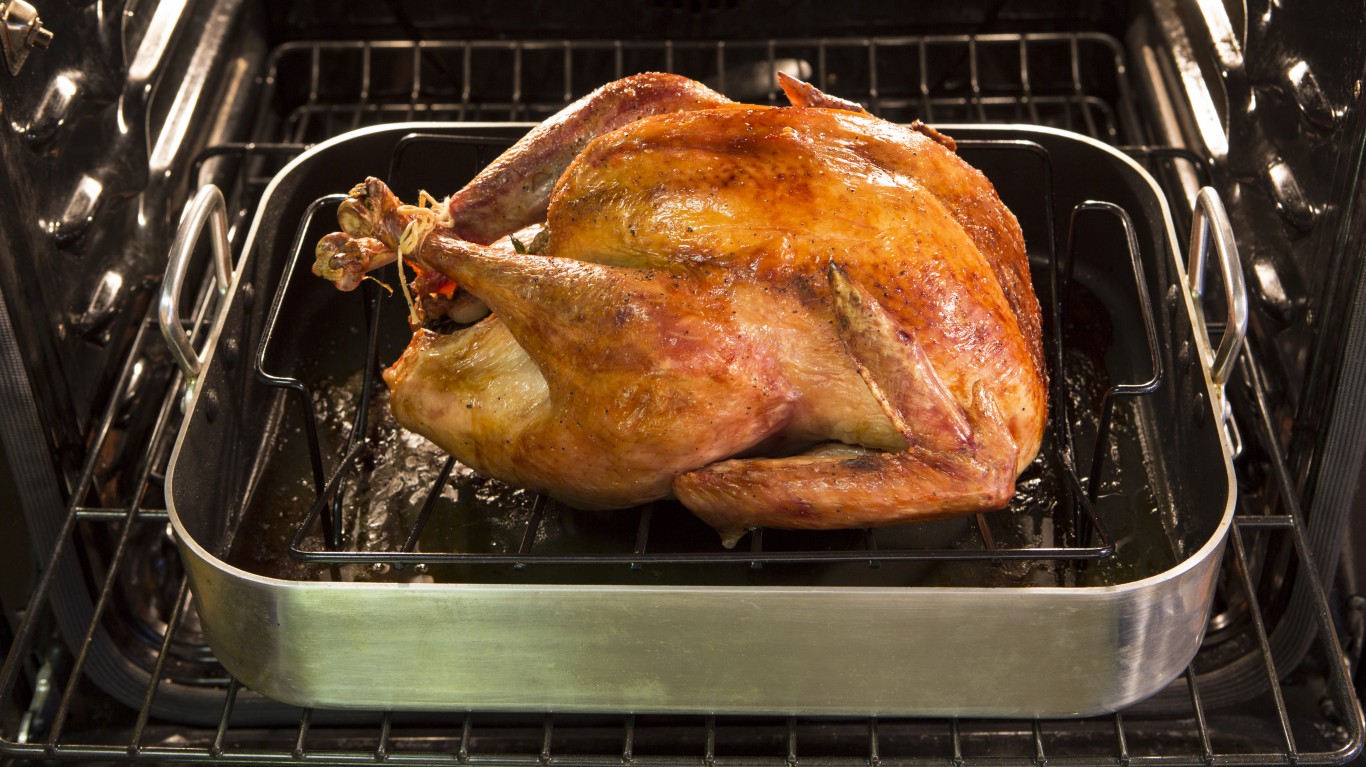
8. Make sure your roasting pan is big enough for your turkey
When you pre-order or buy your bird, ask for its approximate dimensions. Once you know how big it is, make sure that you have a roasting pan large enough to hold it comfortably — and that the roasting pan, with turkey, will fit into your oven.

9. Make a shopping list
You know that you’re going to need a turkey (unless you decide to go some non-traditional route), and you should order it immediately if you haven’t already; even frozen supermarket birds can sell out early. Beyond that, now that you have your menu figured out, write down a preliminary list of all the ingredients you think you’ll need. Keep it somewhere handy so you can add to it as other items occur to you.
[in-text-ad-2]
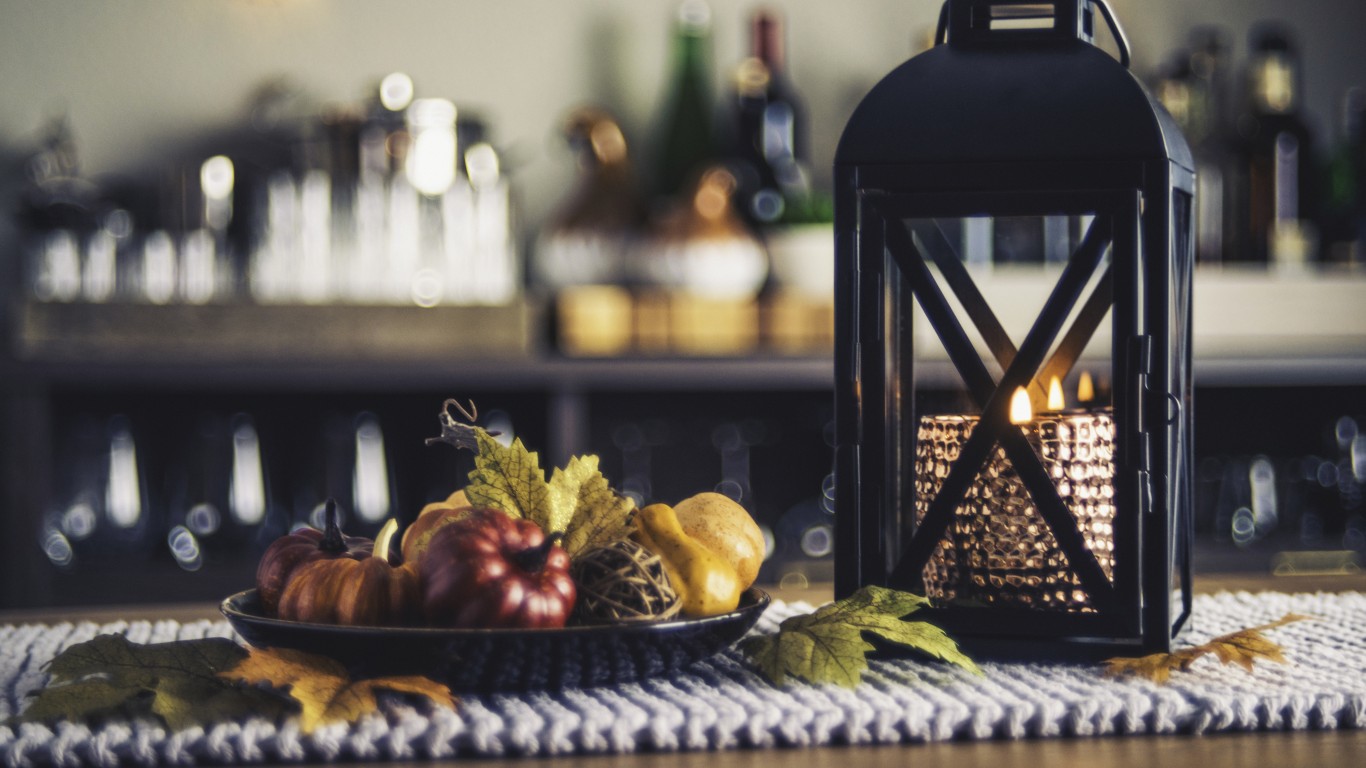
10. Plan the decorations
For some hosts, a vase of flowers and a few candles are decoration enough — and some don’t even bother with that. If you plan to get a little more elaborate — branches laden with brightly hued leaves on the sideboard; a cornucopia full of autumn fruits in the middle of the table; a seasonal door wreath; or whatever — now’s the time to start deciding what you want and where you’re going to get it.
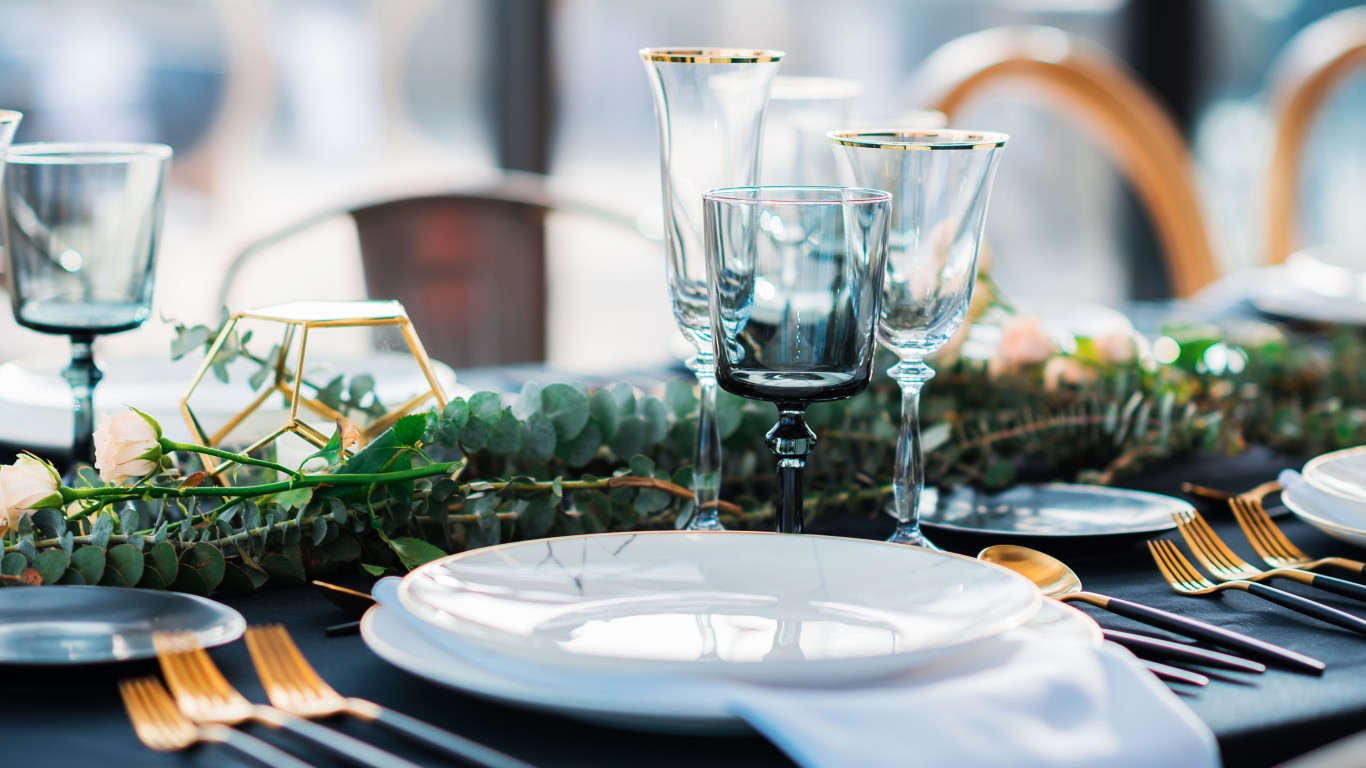
11. Make sure you have enough table settings.
Unless you’re the formal sort, plates, silverware, and glasses don’t have to match, as long as everything is in decent shape. Just make sure you have enough for everyone who’s expected at your table. And don’t forget platters, serving bowls, and serving utensils. You know by now what’s on the menu, so match up every dish with something to put it in. If you come up short, you’ve still got time to buy, rent, or borrow what you need.
[in-text-ad]

12. Make sure you have enough chairs
At large Thanksgiving meals, sometimes somebody ends up sitting on the couch with a plate of turkey on his or her lap. If you have a small or informal household, maybe that’s okay, but most hosts will want everyone at the table (or tables), and they all need something to sit on. Rec-center-style folding chairs are okay if necessary, but remember that Thanksgiving feasts tend to go on for a long time, and you want your guests to be as comfortable as possible.
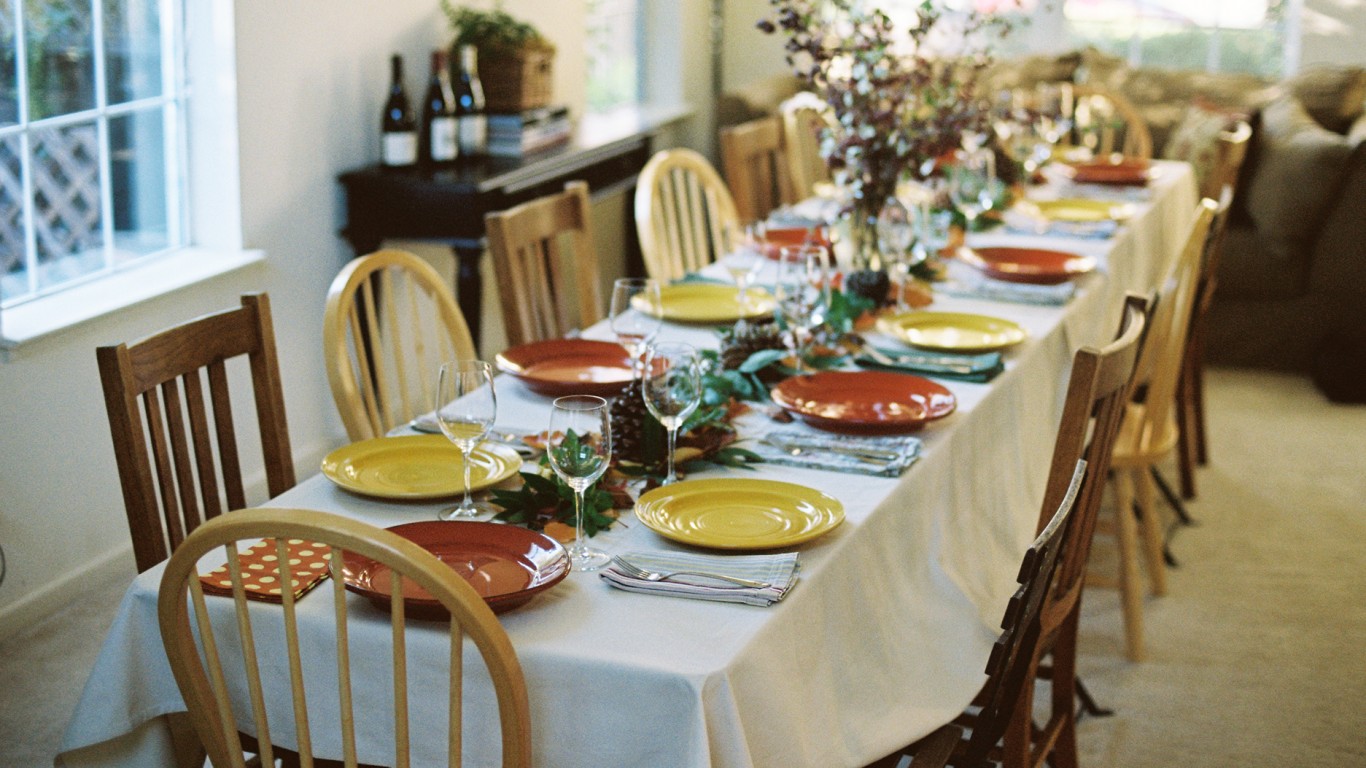
13. Make sure all the chairs will fit at your table
You’ve counted guests and counted chairs. Now try putting all of the latter around the table to make sure they fit — and not just barely fit but fit comfortably because nobody wants to be jabbed by an elbow every time a neighbor cuts a bite of turkey or reaches for the cranberry sauce.

14. Rent tableware and chairs if necessary
If you come up short with glasses, plates, chairs, even tables, consider getting in touch with nearby family, friends, or neighbors. If your support network can’t provide, try a party rental company — but do so as soon as possible, as there’s a lot of demand for these items around the holidays.
[in-text-ad-2]

15. Make room in your refrigerator and freezer
The timing for this step will depend on how soon your turkey will arrive and how far in advance you plan to do your other shopping. Turkeys are huge and need plenty of space in the refrigerator. You might also need extra room in the freezer if you’re preparing certain foods ahead of time, like pie crusts (see below).

16. Choose and buy beverages, alcoholic and otherwise
Whether you plan to serve spiked punch, an array of cocktails, autumnal beers, or turkey-friendly wines — or all of the above — now’s the time to figure out what’s on the drinks list. You’ll also need to compute how much of everything you’ll need and where to buy it at the best price. And don’t forget plenty of non-alcoholic beverages, too — plain and sparkling water, fruit juices, sodas, tea and coffee.
[in-text-ad]
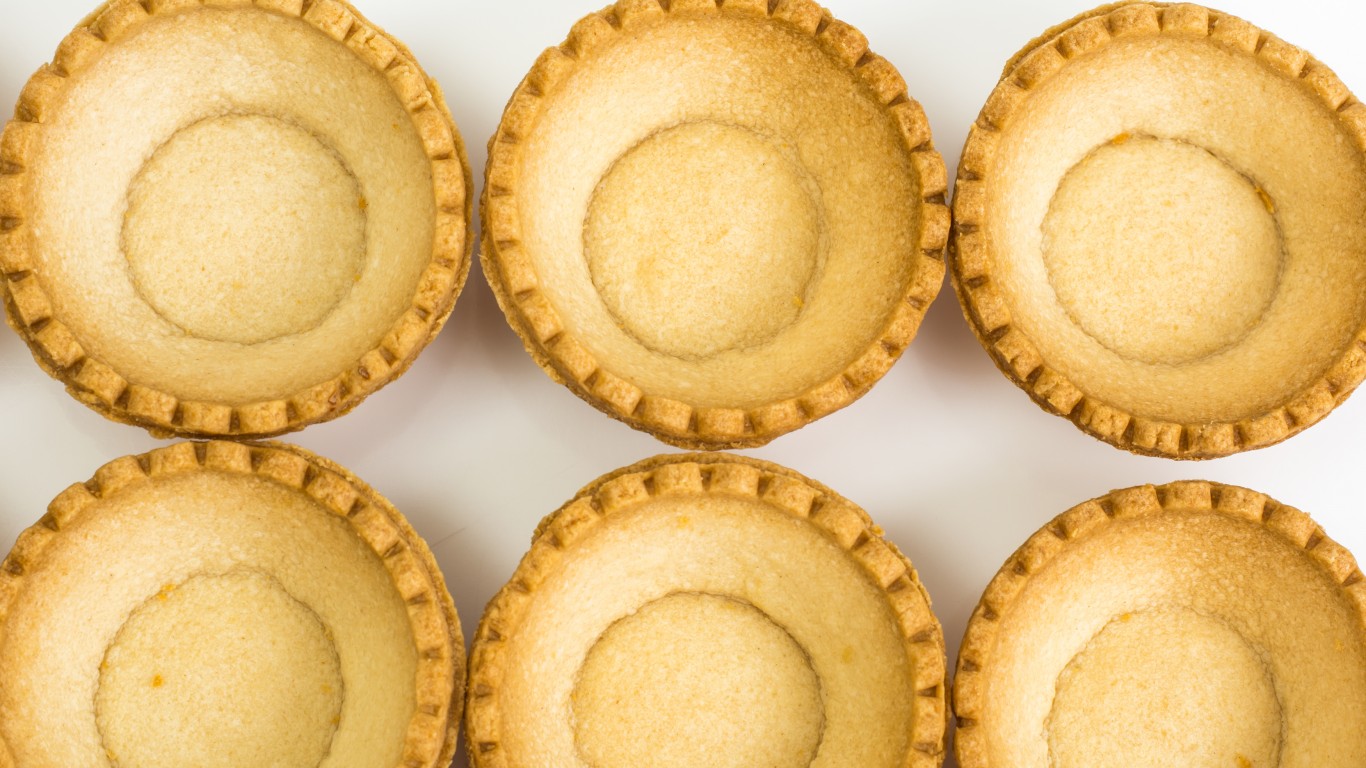
17. Make and freeze pie crusts
This is one step that will save you a lot of time (and oven space) on the big day itself. Pie crusts freeze well, so make them ahead of time, wrap them well, and stash them in sealed freezer bags next to the ice cubes and the Ben and Jerry’s. (Nobody will know, by the way, if you just buy premade crusts and put those in the freezer instead.)

18. Make several non-Thanksgiving meals and freeze them
As turkey day approaches, your refrigerator will fill up with ingredients and finished dishes reserved for the holiday — and your days will fill up with preparations. Relieve the pressure — and discourage family members from digging into the Thanksgiving goods — by making some easy-to-freeze meals ahead of time (casseroles, meatloaf, lasagna, etc.) and freezing them for daily use in the days just before the holiday.
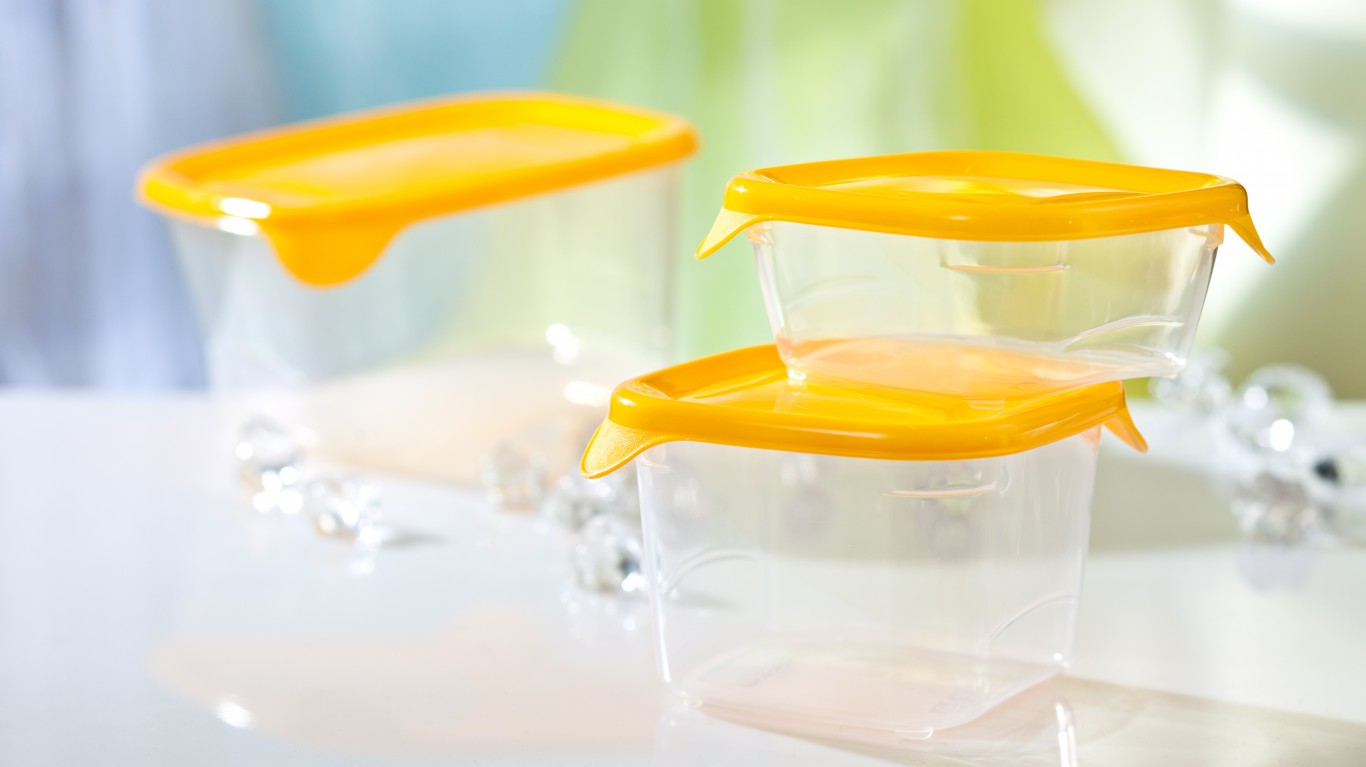
19. Make sure you have plenty of plastic containers and sturdy baggies
You’ve already ensured that you’ve got enough vessels in which to cook and serve your meal, but remember the aftermath. Chances are you’ll want to send some of your guests home with leftovers, and/or keep some for yourself, so you’ll need to have plenty of plastic containers, both solid and soft, to hold them.
[in-text-ad-2]

20. Make plans to keep the kids amused
If youngsters are part of the guest list, you’ll likely want to give them their own table. They’ll also need their own beverages, of course, and if they’re particularly young or picky, they might be happier with a cheese quesadilla or a PB&J than with turkey, yams, and Brussels sprouts. But the menu is only part of it. Chances are they’ll eat and run — around the house. Set up video games or other amusements for them if possible and let them know that it’s fine for them to excuse themselves and go have fun after they’ve eaten. Don’t worry: They’ll be back when it’s time for the pumpkin pie.
100 Million Americans Are Missing This Crucial Retirement Tool
The thought of burdening your family with a financial disaster is most Americans’ nightmare. However, recent studies show that over 100 million Americans still don’t have proper life insurance in the event they pass away.
Life insurance can bring peace of mind – ensuring your loved ones are safeguarded against unforeseen expenses and debts. With premiums often lower than expected and a variety of plans tailored to different life stages and health conditions, securing a policy is more accessible than ever.
A quick, no-obligation quote can provide valuable insight into what’s available and what might best suit your family’s needs. Life insurance is a simple step you can take today to help secure peace of mind for your loved ones tomorrow.
Click here to learn how to get a quote in just a few minutes.
Thank you for reading! Have some feedback for us?
Contact the 24/7 Wall St. editorial team.
 24/7 Wall St.
24/7 Wall St.

